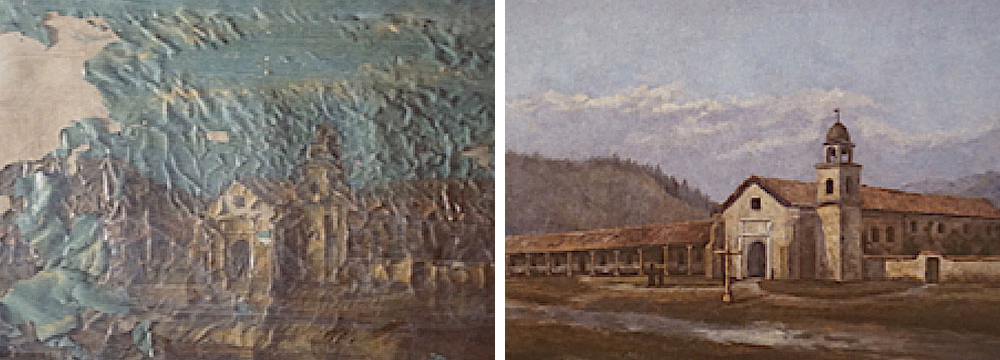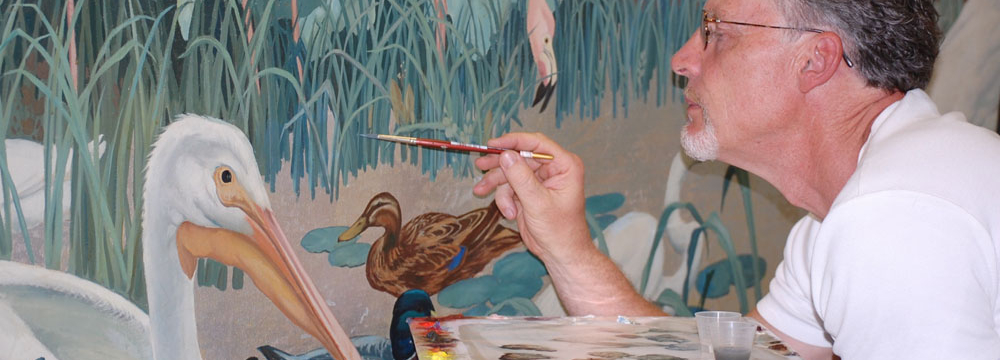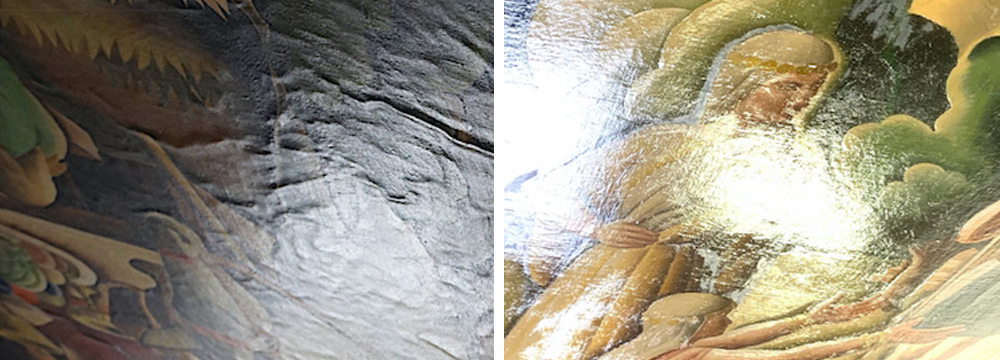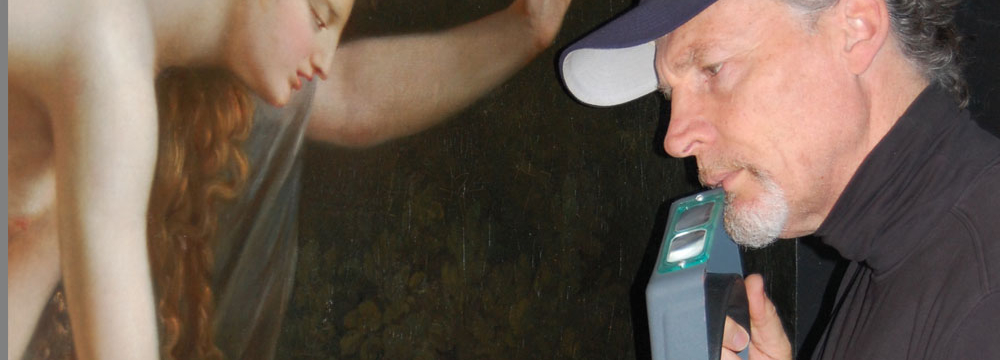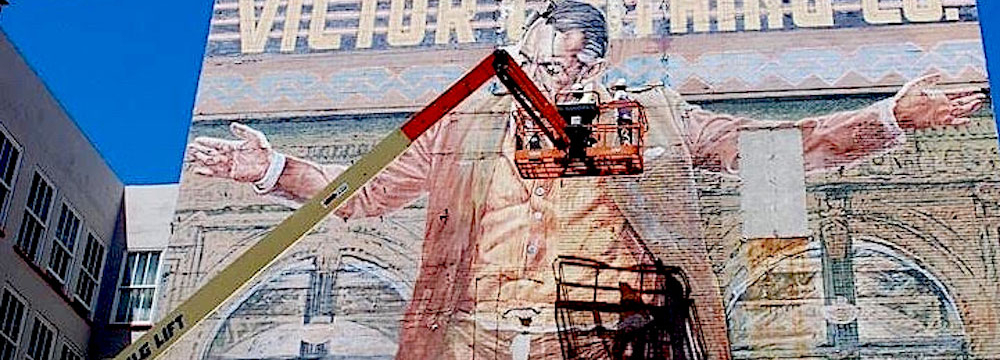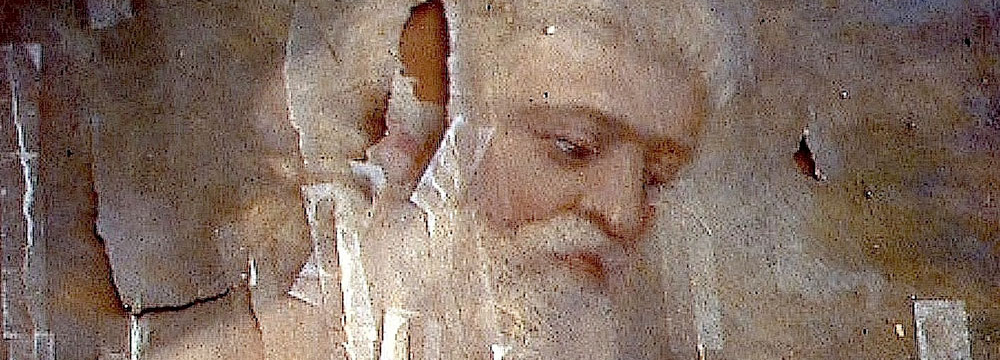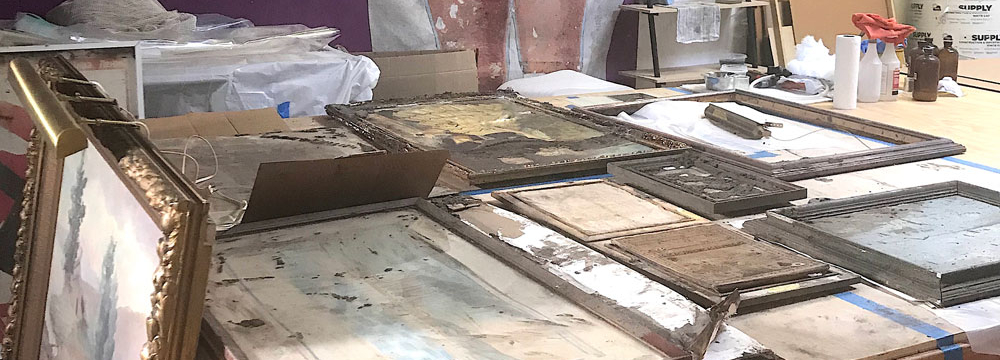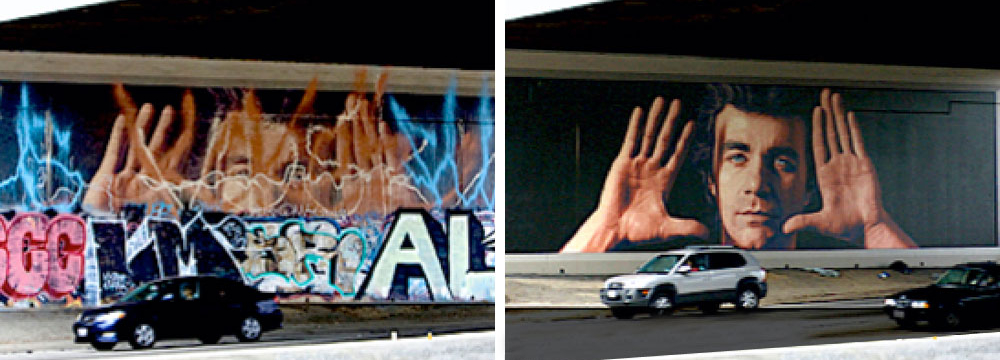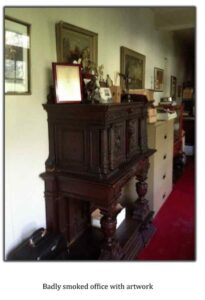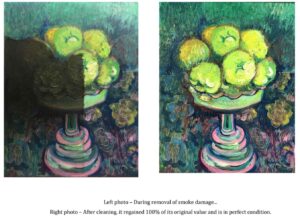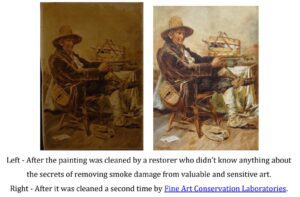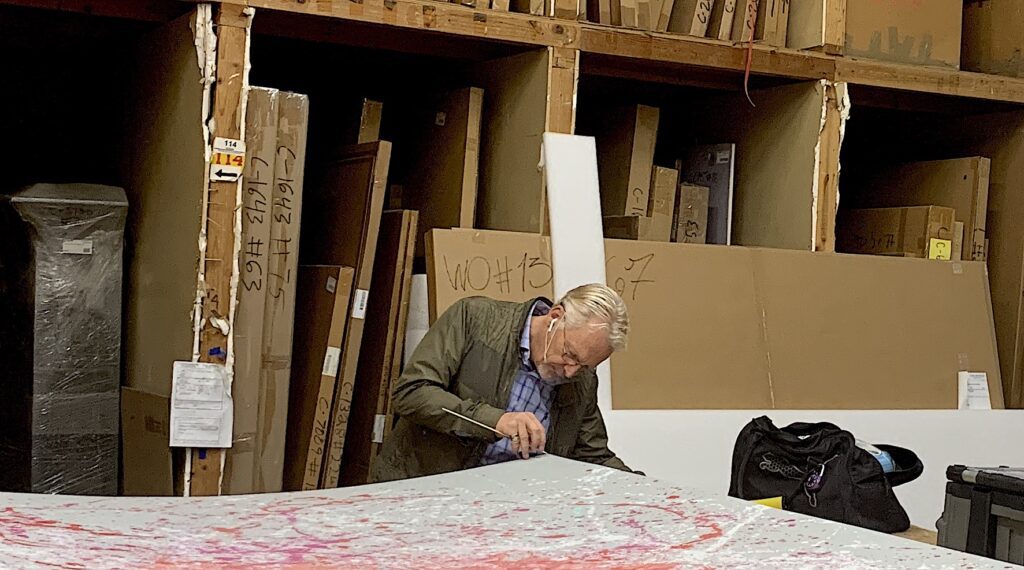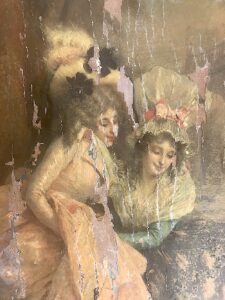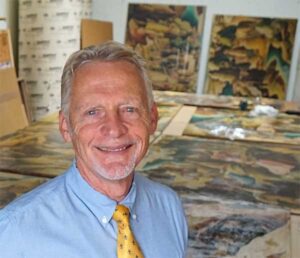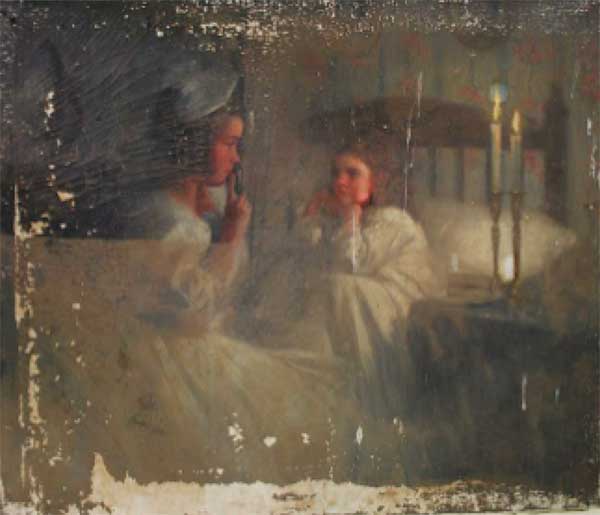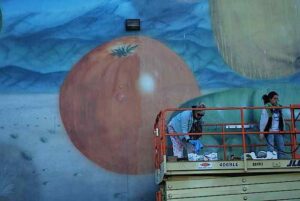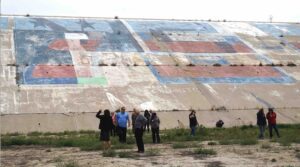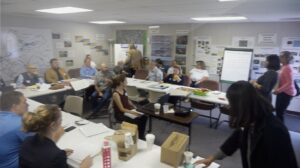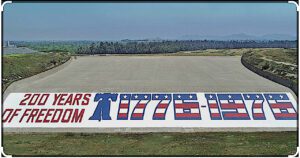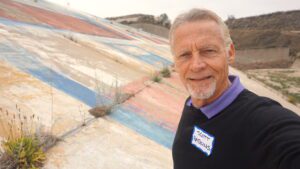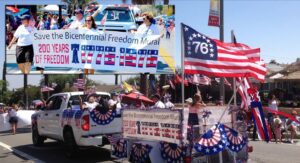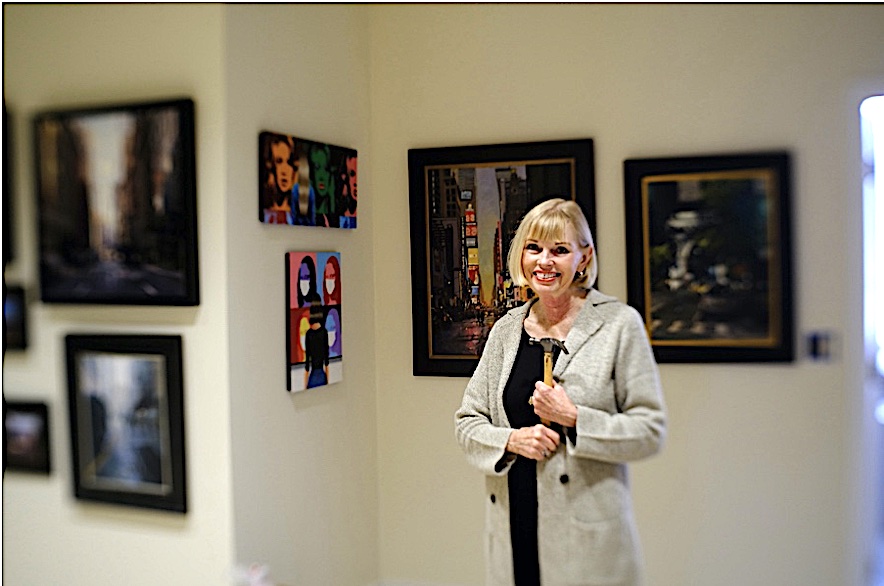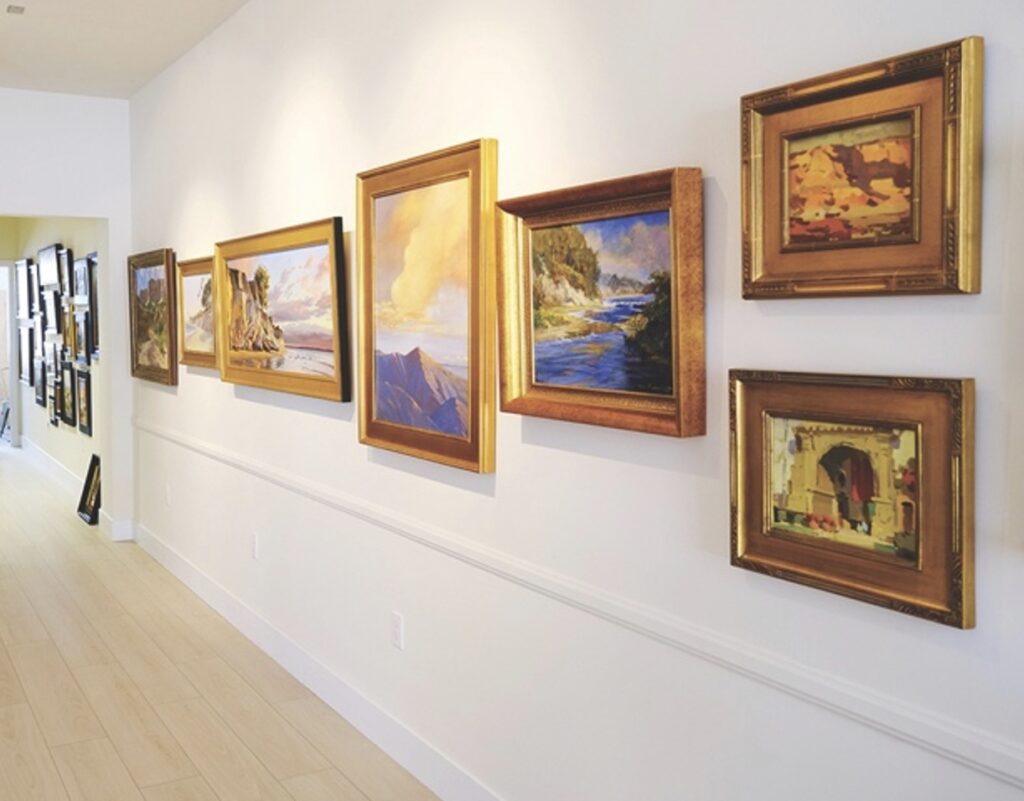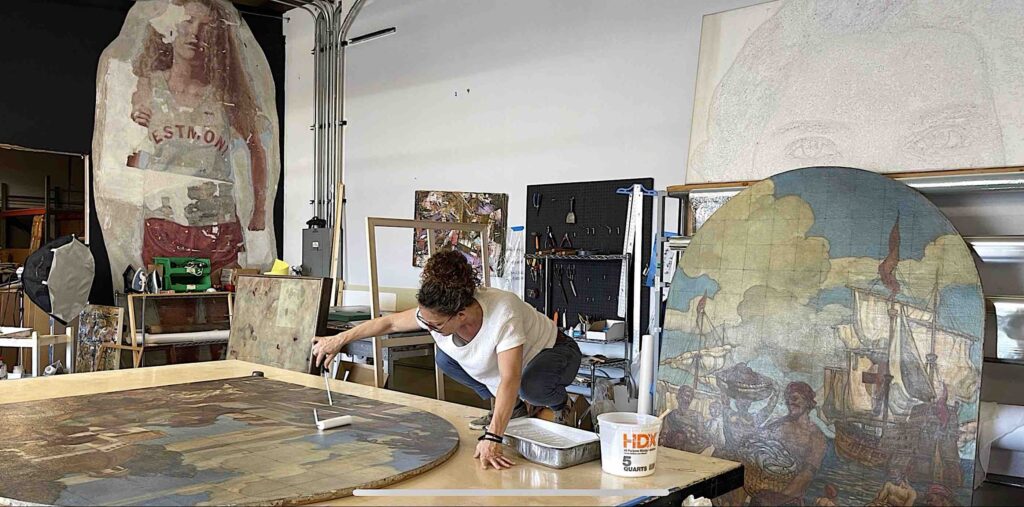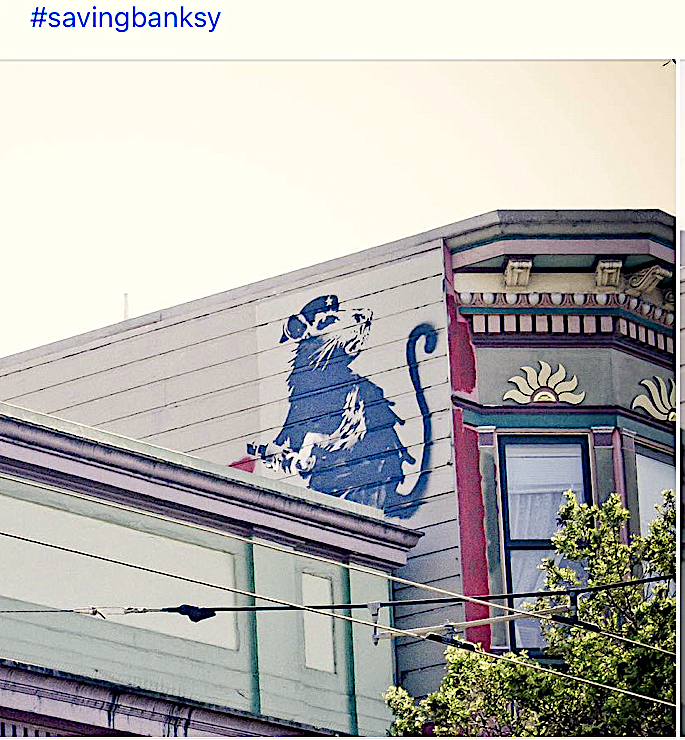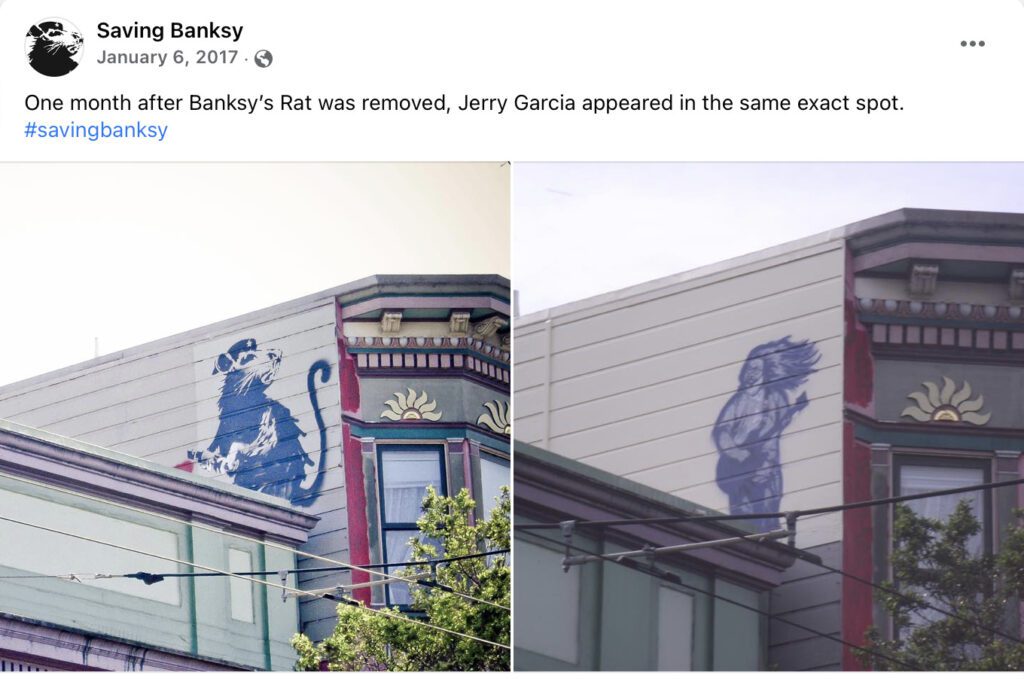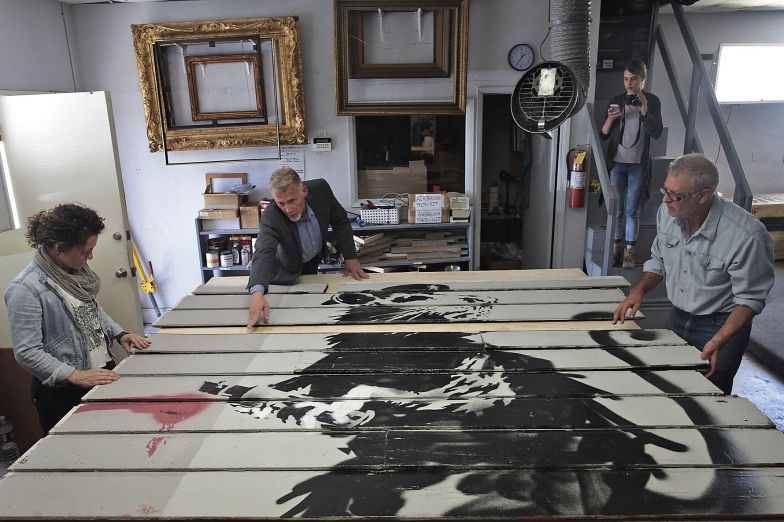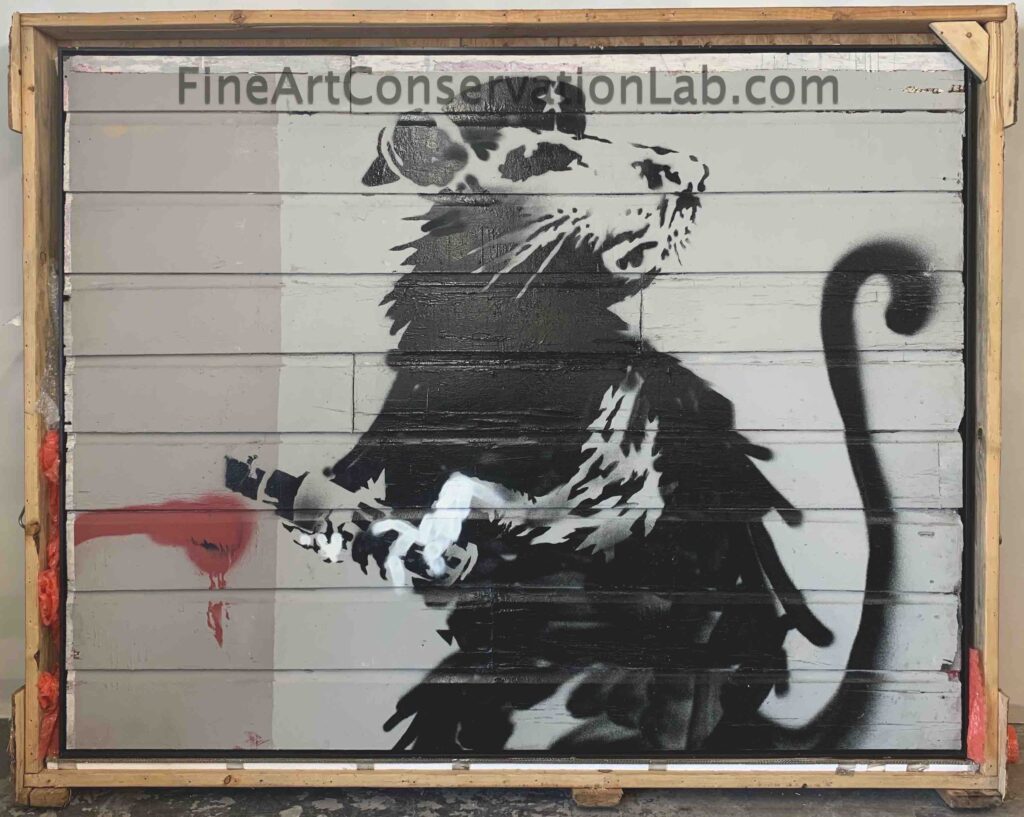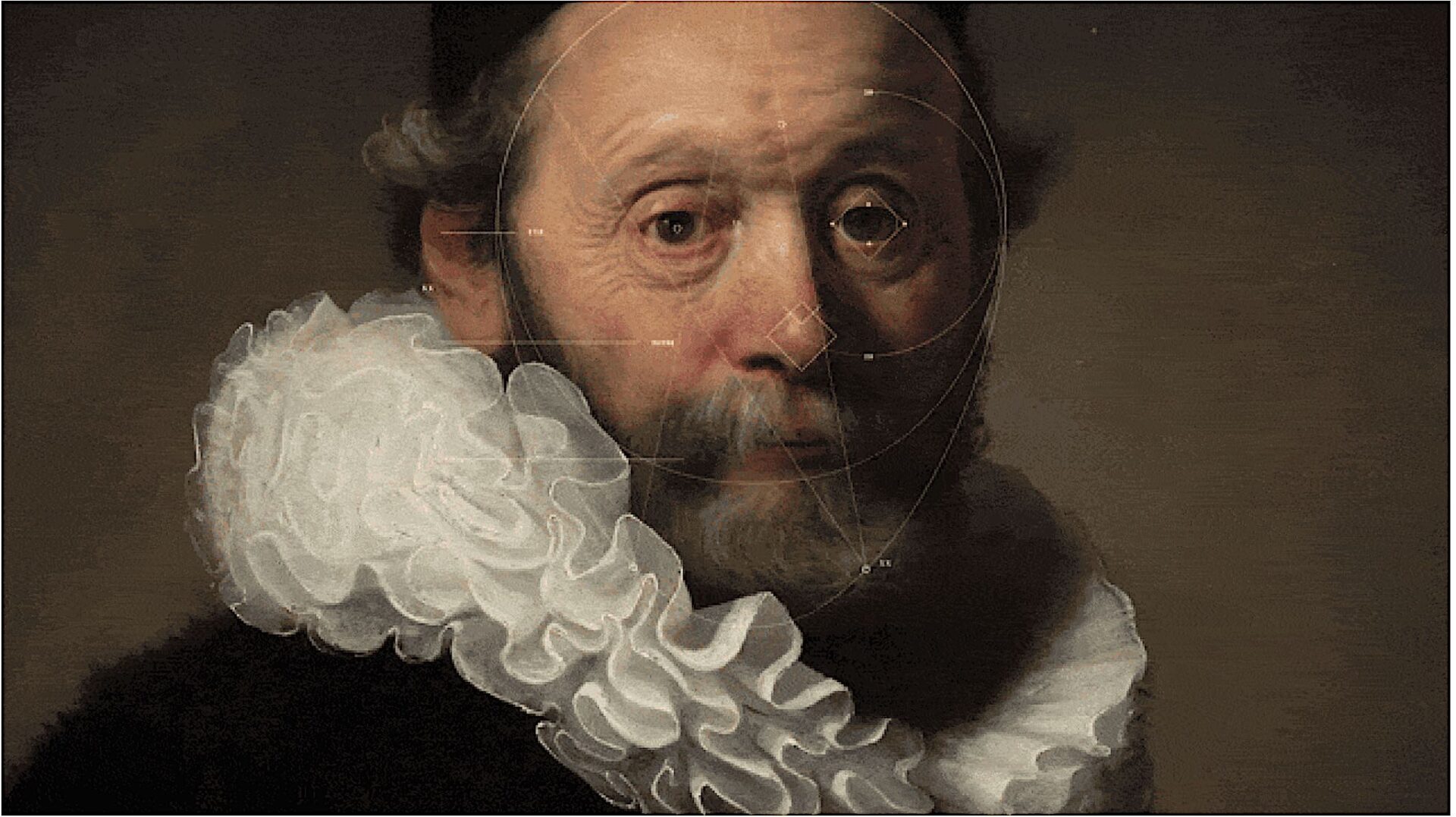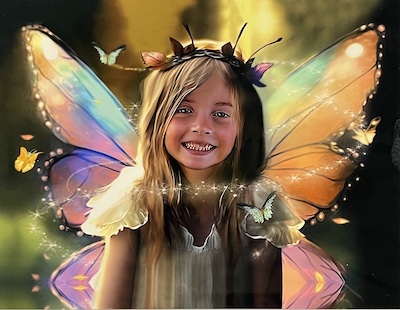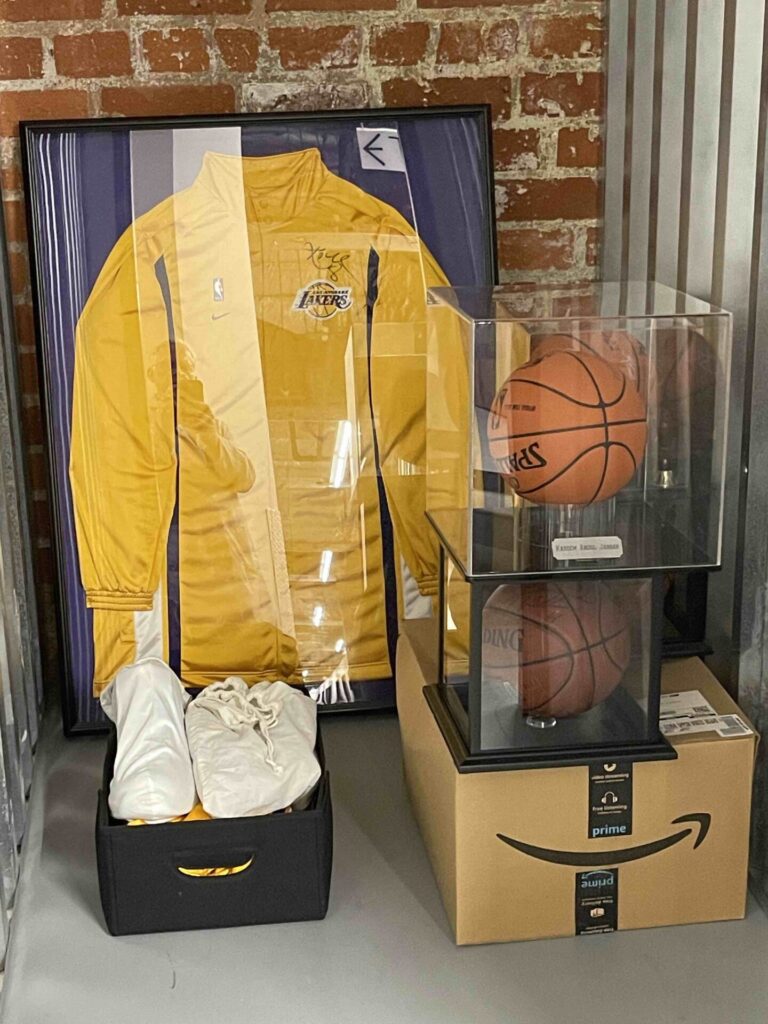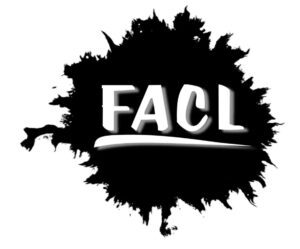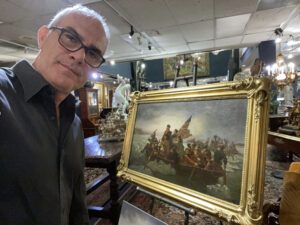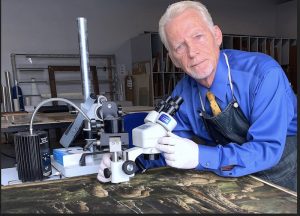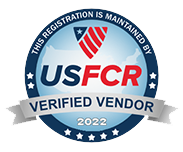Dealing with the aftermath of smoke-damaged paintings, art, and antiques in Las Vegas demands expert help. This article shares real-life scenarios that can save you substantial stress and money. It’s crucial to take these lessons to heart and plan ahead to prevent bigger issues. Both stories highlight a fire incident occurring next door that impacted valuable art collections.
1st Story (For Las Vegas Condos and Businesses):
After a nearby fire necessitated a new roof for an older building, concerns for the art gallery next door grew. While the artworks escaped the fire, the cleanup and repairs still posed a danger to the collection. The landlord and roofing company initially lacked knowledge about caring for valuable artwork.
(1st tip). It became the lessee’s responsibility to educate them about necessary precautions.
In this case, the gallery owner hired an art conservator, who provided explicit instructions about the care of the artworks. Despite the warnings, the roofing company disregarded them. It took a firm stance from the gallery owner, and the threat of a lawsuit, to save substantial cleanup costs when the roofing project didn’t go as planned.
(2nd tip). Having an experienced art professional on the gallery owner’s side lent credibility.
2nd Story (Relevant to Las Vegas Galleries):
Recently, a New York gallery, severely affected by a neighboring fire’s smoke, faced a daunting task. The disaster response company, ServPro, declined to handle the artwork due to high liability and lack of training. Seeking a professional art conservator with disaster response experience was the right move.
(3rd tip). Referring to the American Institute for Conservation of Historic and Artistic Works (AIC) website for a local expert was a wise choice.
High-quality art conservation labs like Fine Art Conservation Laboratories excel in:
- handling
- evaluating
- testing
- cleaning artwork.
They can rescue seemingly “total losses” with impressive results. In our image, you can see a painting deemed a loss by the insurance company. It was restored to perfection, thanks to skilled painting conservators’ expertise.
The Importance of Art Conservation in Las Vegas
Las Vegas, a city known for its vibrant arts and culture scene, is also home to an array of priceless artworks and antiques. These treasures can be a source of immense pride and heritage, but they are not immune to the unexpected. The dangers include such things as the perils of fire and smoke damage. The stories we share today explain the key role of art conservation in preserving the cultural heritage of Las Vegas.
Because Las Vegas is a city that thrives on creativity and artistic expression, smoke-damaged art and antique restoration are even more important. When disaster strikes, it’s essential to act swiftly and wisely to protect these invaluable pieces. Here are the top three tips that can make all the difference when handling smoke-damaged artworks in Las Vegas.
1. Educate and Advocate for Your Artwork
In Las Vegas, where many valuable art collections are housed in condos and businesses, communication is key. The first story we shared highlights the importance of educating those responsible for repairs on how to protect artwork during renovations. Whether it’s a condo owner or a business proprietor, it’s essential to be proactive and take the necessary precautions
(1st tip). Expert art conservators can provide detailed instructions on how to safeguard artwork. In our story, a gallery owner’s persistence and a threat of legal action ensured that the roofing project proceeded as planned. This ultimately saves a significant amount on cleanup and downtime costs (2nd tip).
2. Seek Expert Guidance
The second story, which revolves around a New York gallery, serves as a valuable lesson for Las Vegas residents. When smoke damage impacts an art collection, seeking professional help is imperative. Disaster response companies, while excellent at handling certain aspects, may not be equipped to handle valuable artwork due to the high liability involved. Professional art conservators with disaster response experience are the ideal choice (3rd tip). By turning to experts in handling, evaluation, testing, and cleaning of art, you can ensure the proper care of your valuable pieces.
Preserving Las Vegas’s Cultural Heritage
Las Vegas is not only a hub for entertainment but also a city with a rich cultural heritage. The art and antiques found in the city tell a story of creativity, history, and the vibrant spirit of its residents. When disaster threatens to damage this legacy, art conservation professionals step in as the guardians of our shared history.
Art conservators, like those at Fine Art Conservation Laboratories, exemplify the dedication and expertise needed to restore seemingly irreparable damage. In our image, you can see a painting that was initially declared a total loss by an insurance company but was saved through meticulous restoration. The teamwork between the clients, ServPro, and art conservators represents the collaborative spirit of Las Vegas while preserving its cultural treasures.
Conclusion: Protecting Las Vegas’s Artistic Legacy
As we navigate the complex world of art and antique significance in Las Vegas, it becomes evident that professional guidance is essential. Artworks and antiques are not just possessions but the embodiment of history and creativity. By learning from these stories and following the top three tips, Las Vegas residents can ensure that their cultural treasures remain vibrant and enduring, preserving the city’s rich artistic legacy for generations to come.
If you’d like to ask our conservators a question, please call (702) 757-3820 or visit our website.
Fine Art Conservation Laboratories’ 45 years of expertise in preserving and restoring art offers invaluable help and practical knowledge for helping people through the insurance claim process for damaged collectibles and art pieces. Our experienced team understands the complexities of insurance claims related to art, heirlooms, and antiques, providing reports that are properly prepared with information that the insurance company never puts in doubt. Fine Art Conservation Laboratories charges flat fees for this work, not a percentage of the claim settlement, and our expertise is honored nationwide. Let us help make the art, heirloom, and collectible part of the insurance claim process as seamless as possible and preserve your peace of mind.
This blog post has been syndicated at ExpertClick.com. What does it mean that this article is “ syndicated”?
It’s a bit of a coup to get an article syndicated, and it’s certainly prestigious, as additional “proof” that the info and the author are considered far and wide authoritative and an expert in the field. So, enjoy and trust our content!! This article was syndicated for USA National Redistribution.
When something is published, usually by a news source, and is made available through different venues for redistribution then it is said to be syndicated. Publications that are syndicated are usually considered of value as being from an expert, educational, new worthy, or valuable for wide popular interest. See the syndication page at the renowned publicity site: https://www.expertclick.com/NRWire/
This website’s syndication included:
1) Included in the ExpertClick Press Room as a ‘press release.’ (different than a ‘news release’)
2) Included in the ‘Speaker Bureau Platform Page.’
3) Shown on the front page of ExpertClick, in rotation with other most recent posts.
4) Shown in the ‘News Release Results page.’
5) Included on optimized for searches on all my topics of expertise.
6) Shown via RSS linked from the Press Room. (A specific way news is actively distributed within the industry)
7) Shown in the full RSS feed from ExpertClick. (Another, different specific way news is actively distributed within the industry)
8) Syndicated to LexisNexis.com As of 2006, the company had the world’s largest electronic database for legal and public-records-related information, distributor of academic content, and expert opinion.
This article has been syndicated at https://www.expertclick.com/NRWire/

